Beach Photography Using Manual Mode
تصوير الشاطئ باستخدام الوضع اليدوي
This is a short essay for photographers who are new to manual mode. Beaches present some unique challenges for getting good quality photos, but they are also very rewarding subjects. Here’s what you should know if you’re excited to photograph the beach and want to use the proper manual settings.
The two main challenges to beach photography are that beaches are often drenched with light, and that horizons must be straight. The first one makes exposure quite a challenge. Light reflects off of the water and sand, and if not handled correctly, it can give you overly contrasty photos. Meanwhile, tilted horizons can make your photo look very bad and amateurish.
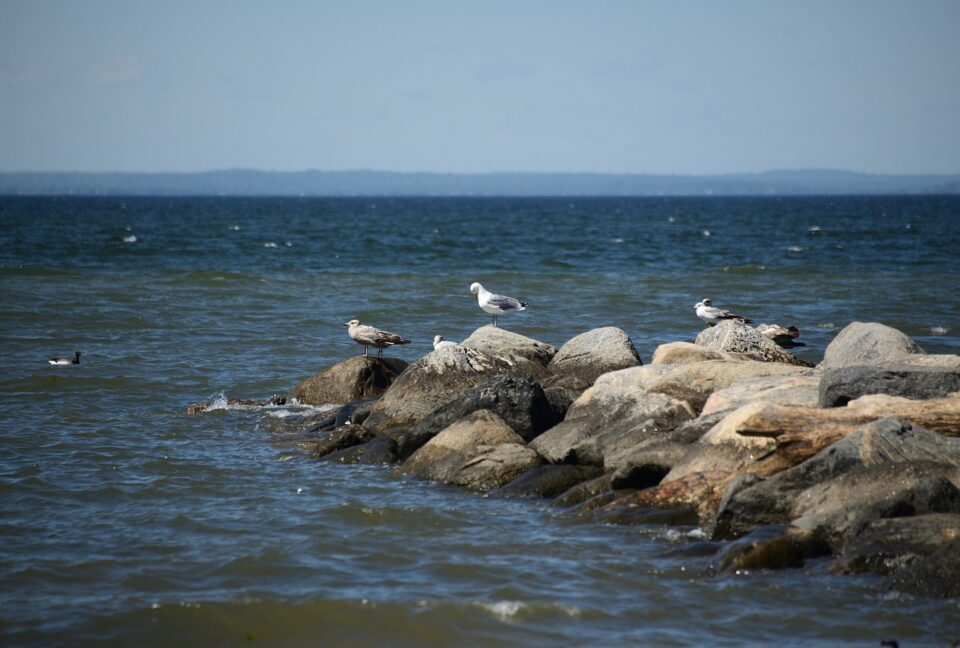 NIKON D850 @ 300mm, ISO 100, 1/800, f/6.3
NIKON D850 @ 300mm, ISO 100, 1/800, f/6.3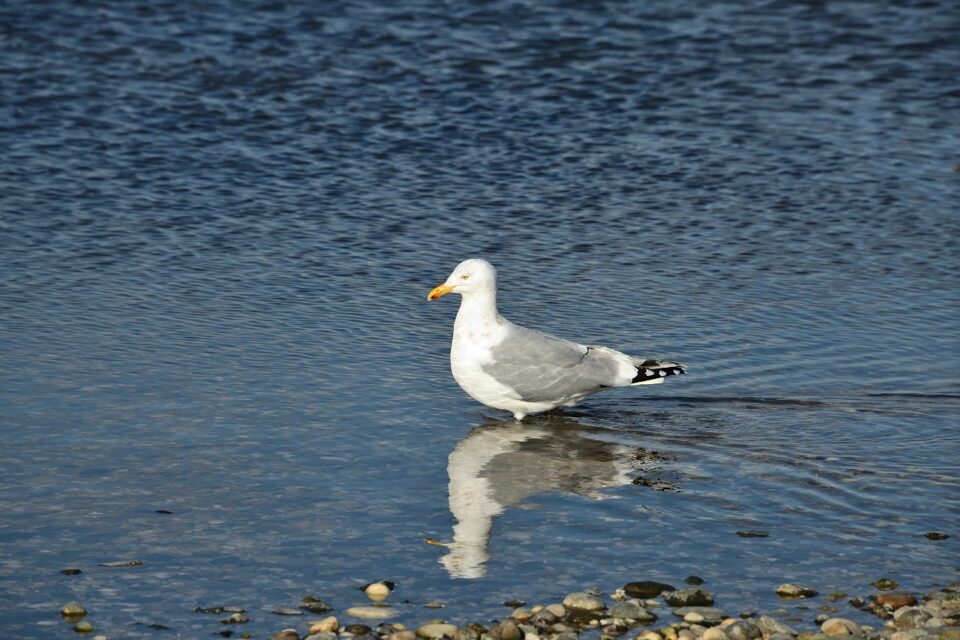 NIKON D850 @ 300mm, ISO 800, 1/800, f/11.0
NIKON D850 @ 300mm, ISO 800, 1/800, f/11.0
هذه مقالة قصيرة للمصورين الجدد في الوضع اليدوي. تمثل الشواطئ بعض التحديات الفريدة للحصول على صور عالية الجودة، ولكنها أيضًا موضوعات مجزية للغاية. إليك ما يجب أن تعرفه إذا كنت متحمسًا لتصوير الشاطئ وترغب في استخدام الإعدادات اليدوية المناسبة.
التحديان الرئيسيان أمام التصوير الفوتوغرافي على الشاطئ هما أن الشواطئ غالبًا ما تكون مغمورة بالضوء، وأن الآفاق يجب أن تكون مستقيمة. الأول يجعل التعرض تحديًا كبيرًا. ينعكس الضوء من الماء والرمال، وإذا لم يتم التعامل معه بشكل صحيح، فقد يعطيك صورًا شديدة التباين. وفي الوقت نفسه، يمكن للآفاق المائلة أن تجعل صورتك تبدو سيئة للغاية وغير احترافية.
نيكون D850 عند 300 ملم، ISO 100، 1/800، f/6.3نيكون D850 عند 300 ملم، ISO 800، 1/800، f/11.0
تصوير الشاطئ باستخدام الوضع اليدوي
This is a short essay for photographers who are new to manual mode. Beaches present some unique challenges for getting good quality photos, but they are also very rewarding subjects. Here’s what you should know if you’re excited to photograph the beach and want to use the proper manual settings.
The two main challenges to beach photography are that beaches are often drenched with light, and that horizons must be straight. The first one makes exposure quite a challenge. Light reflects off of the water and sand, and if not handled correctly, it can give you overly contrasty photos. Meanwhile, tilted horizons can make your photo look very bad and amateurish.
 NIKON D850 @ 300mm, ISO 100, 1/800, f/6.3
NIKON D850 @ 300mm, ISO 100, 1/800, f/6.3 NIKON D850 @ 300mm, ISO 800, 1/800, f/11.0
NIKON D850 @ 300mm, ISO 800, 1/800, f/11.0هذه مقالة قصيرة للمصورين الجدد في الوضع اليدوي. تمثل الشواطئ بعض التحديات الفريدة للحصول على صور عالية الجودة، ولكنها أيضًا موضوعات مجزية للغاية. إليك ما يجب أن تعرفه إذا كنت متحمسًا لتصوير الشاطئ وترغب في استخدام الإعدادات اليدوية المناسبة.
التحديان الرئيسيان أمام التصوير الفوتوغرافي على الشاطئ هما أن الشواطئ غالبًا ما تكون مغمورة بالضوء، وأن الآفاق يجب أن تكون مستقيمة. الأول يجعل التعرض تحديًا كبيرًا. ينعكس الضوء من الماء والرمال، وإذا لم يتم التعامل معه بشكل صحيح، فقد يعطيك صورًا شديدة التباين. وفي الوقت نفسه، يمكن للآفاق المائلة أن تجعل صورتك تبدو سيئة للغاية وغير احترافية.
نيكون D850 عند 300 ملم، ISO 100، 1/800، f/6.3نيكون D850 عند 300 ملم، ISO 800، 1/800، f/11.0

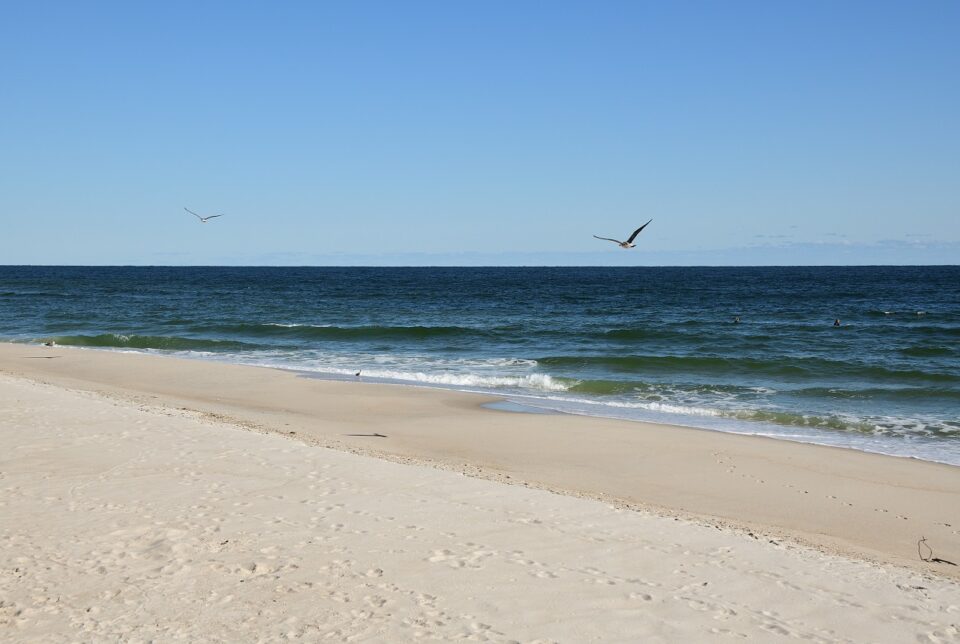
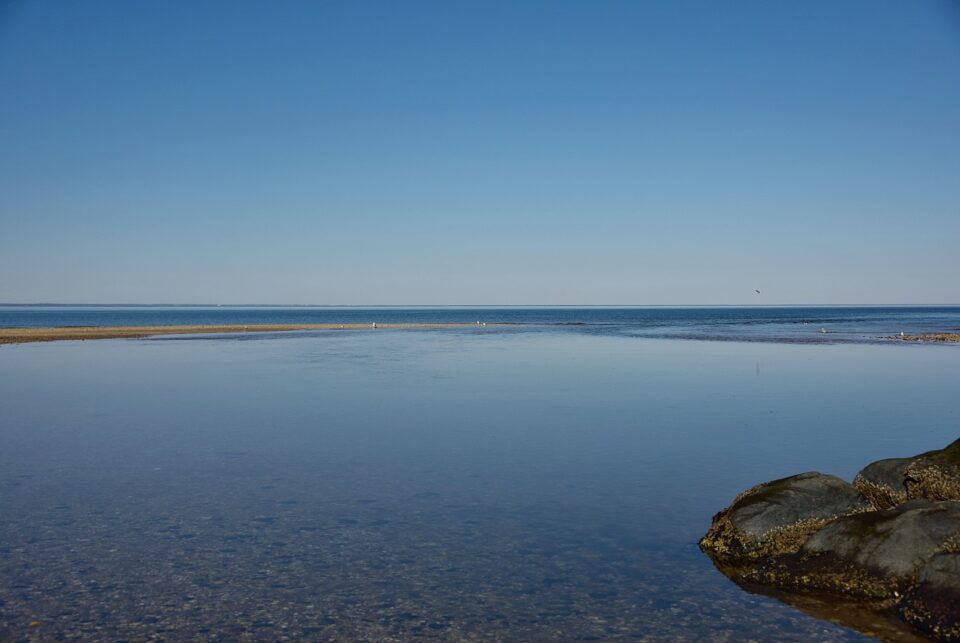
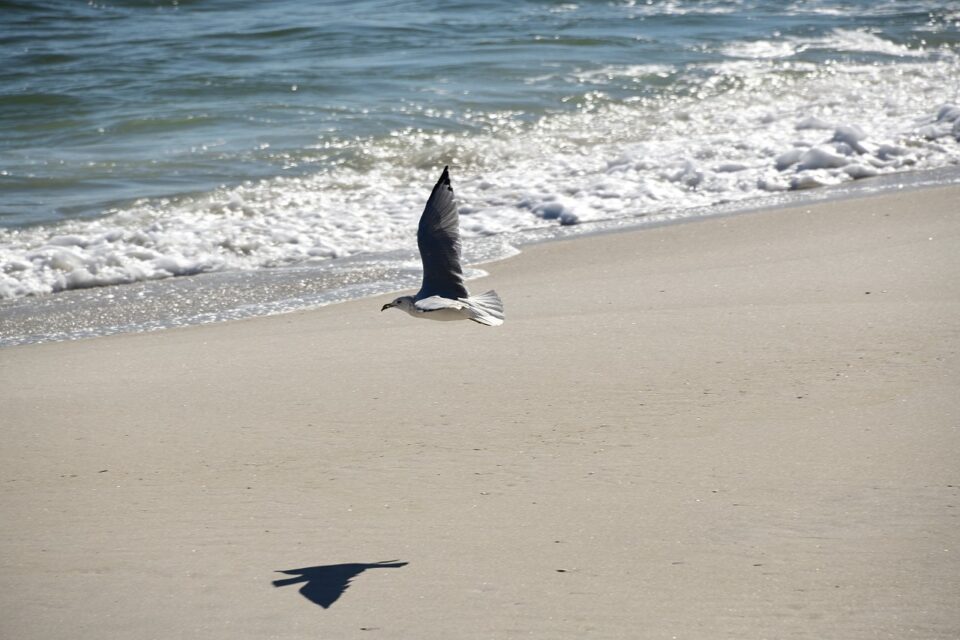
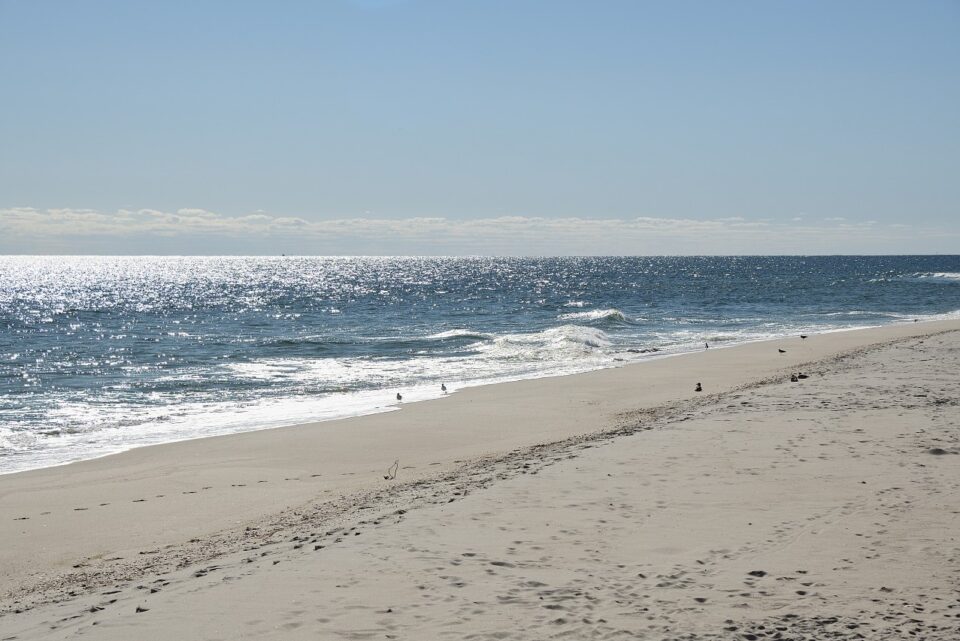

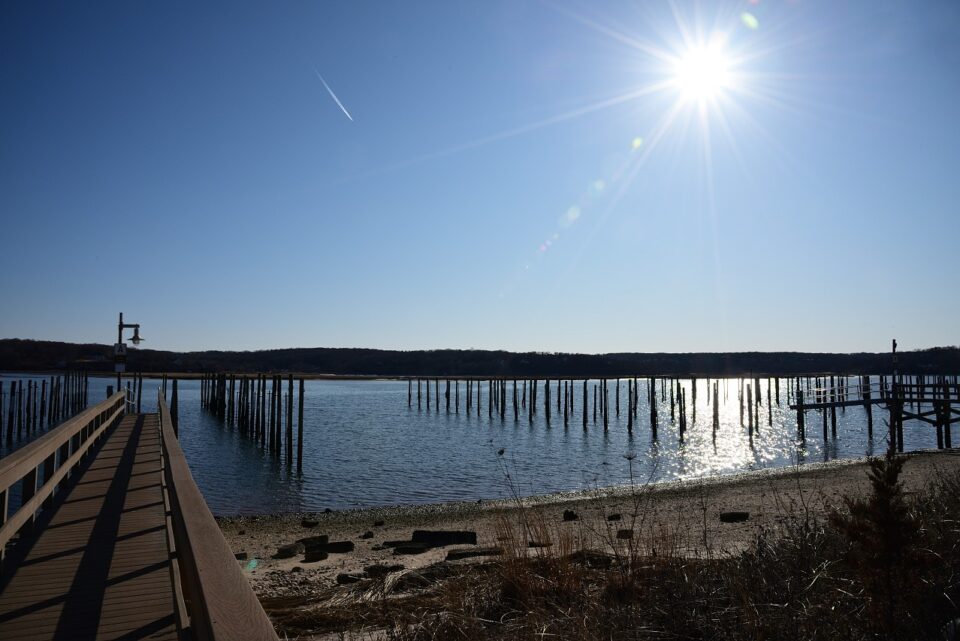

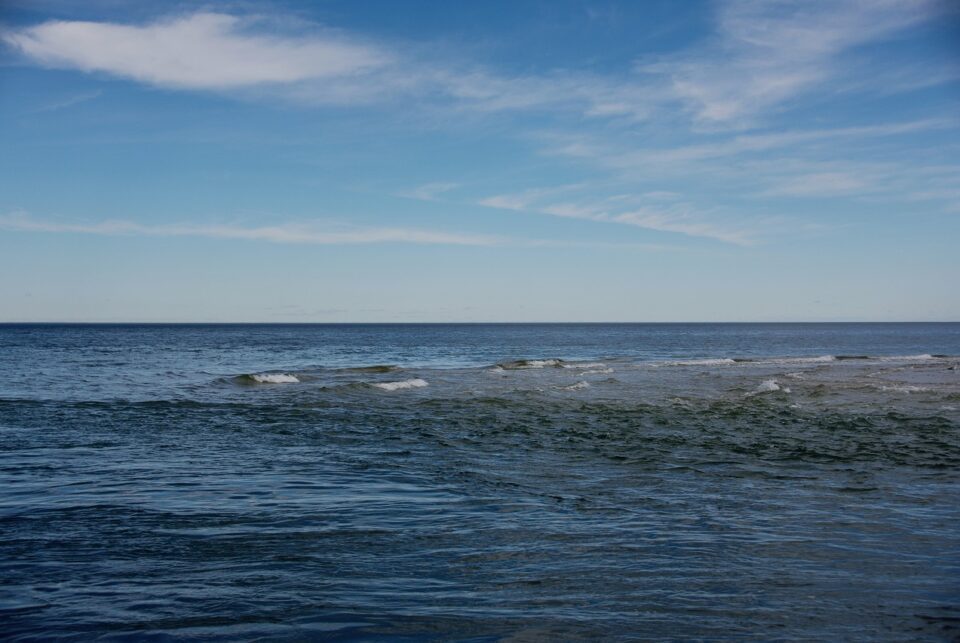
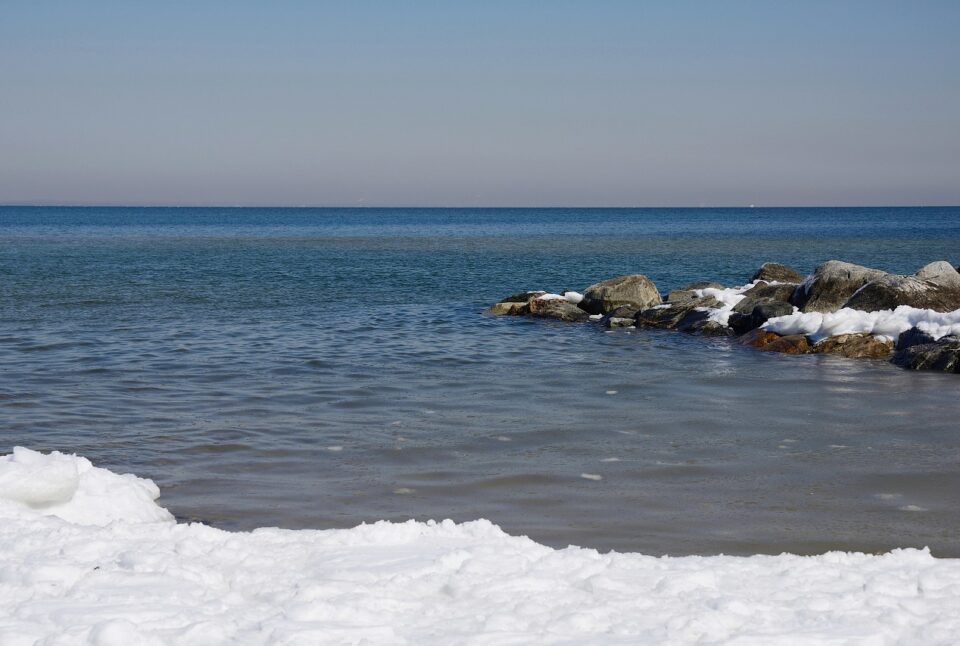
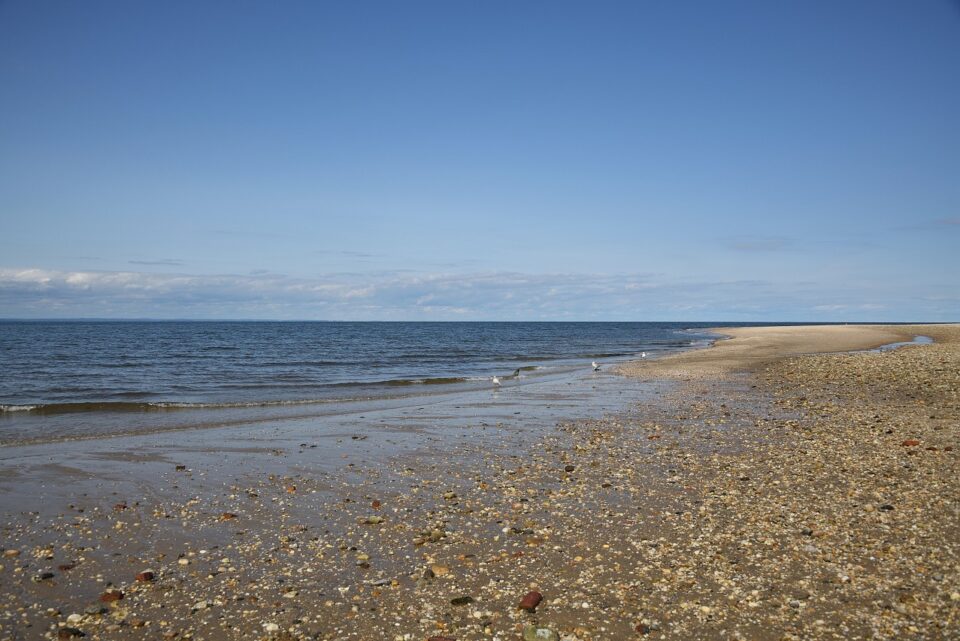
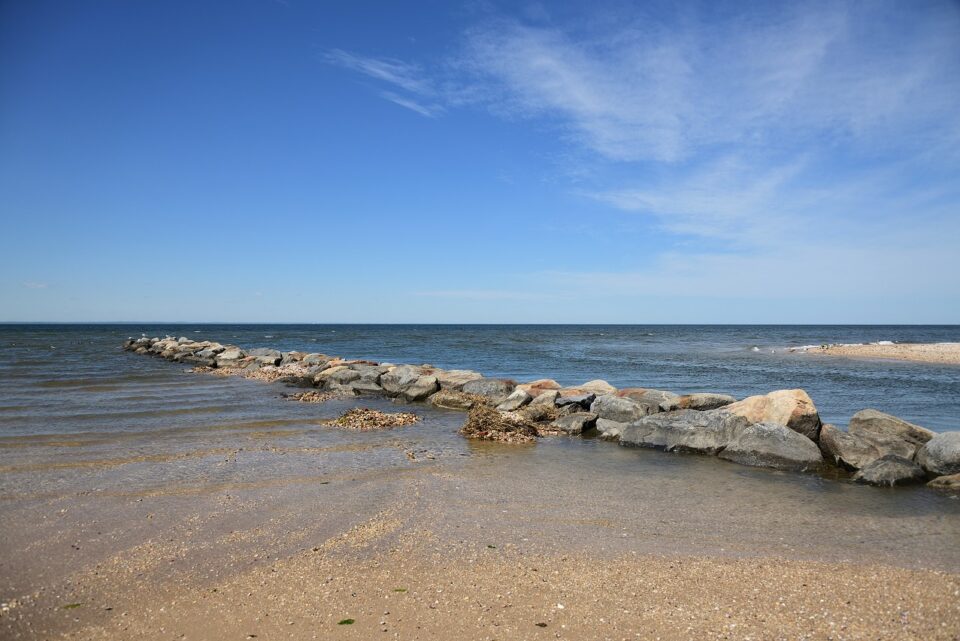
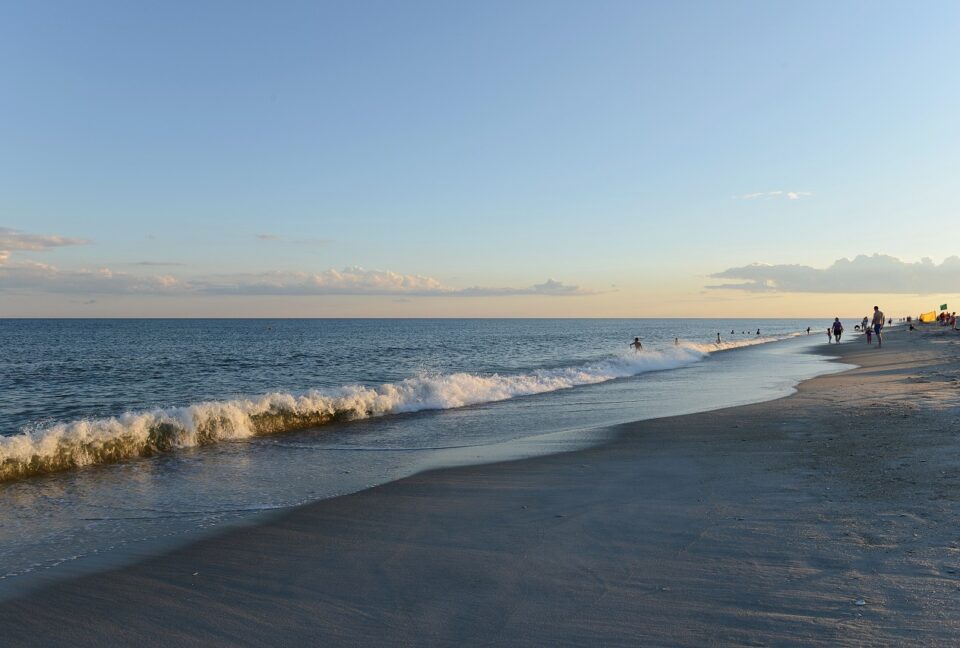
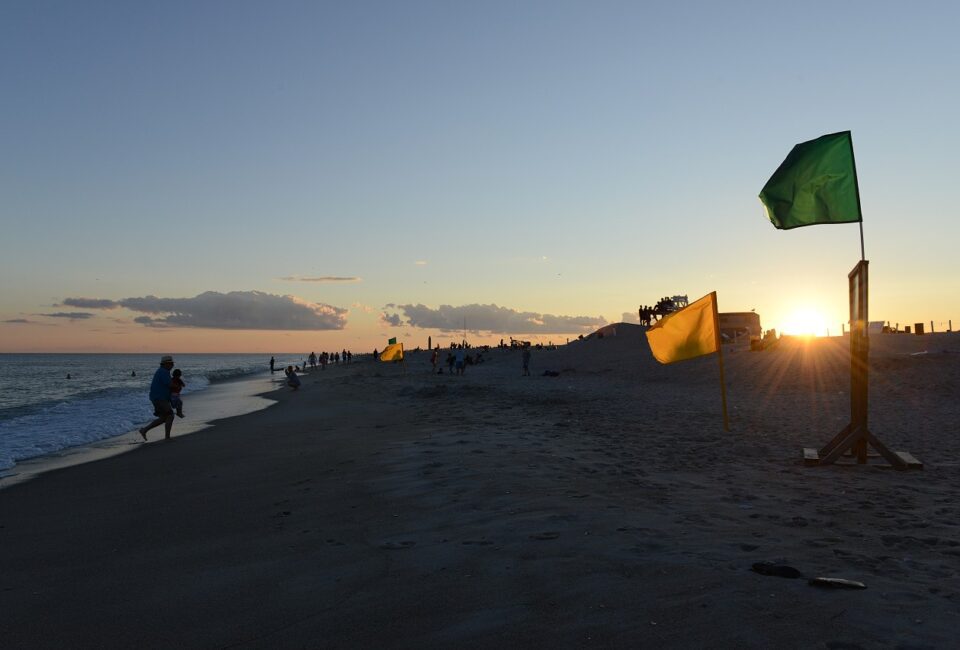
تعليق